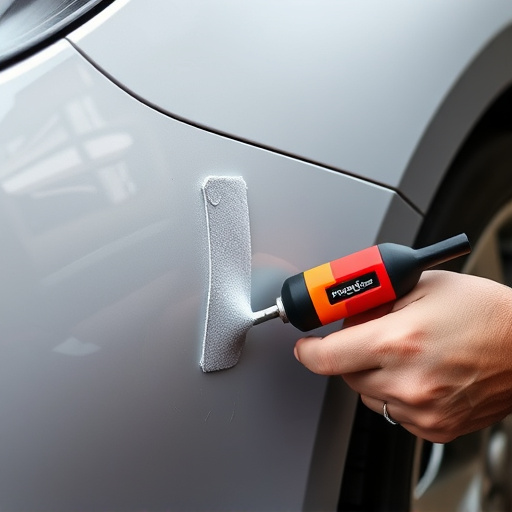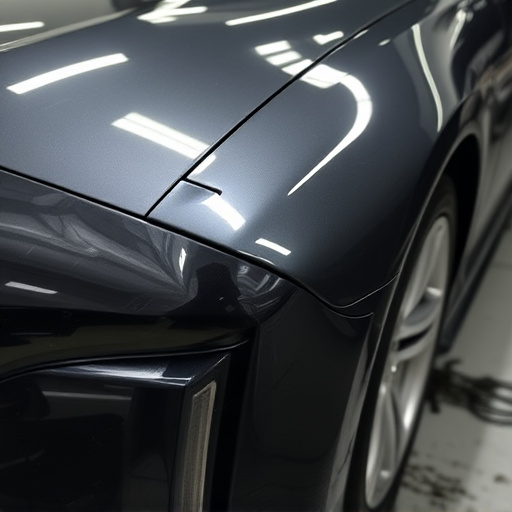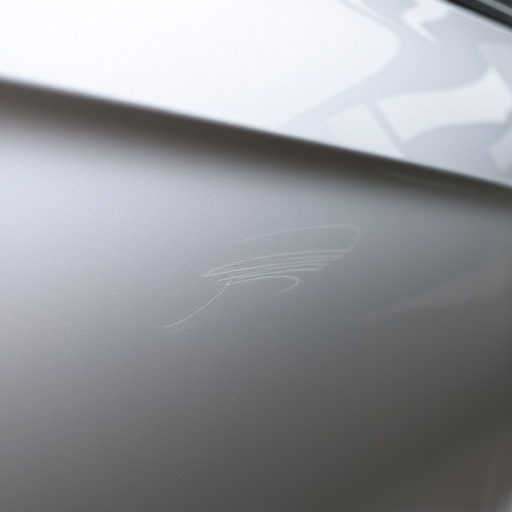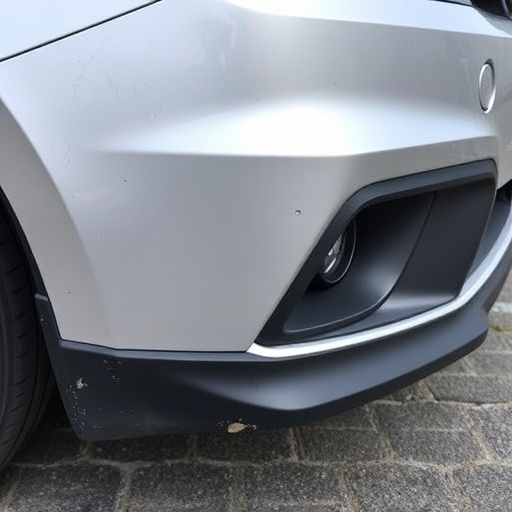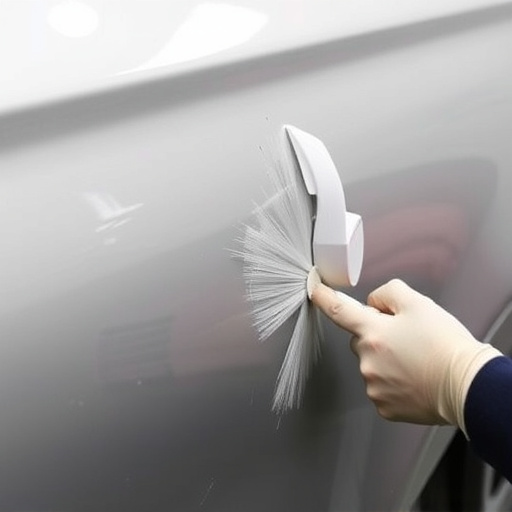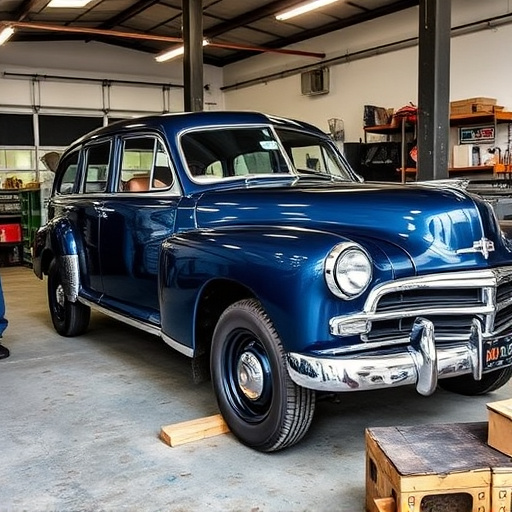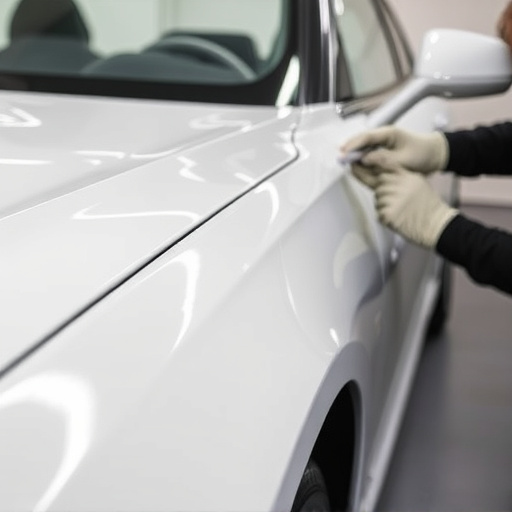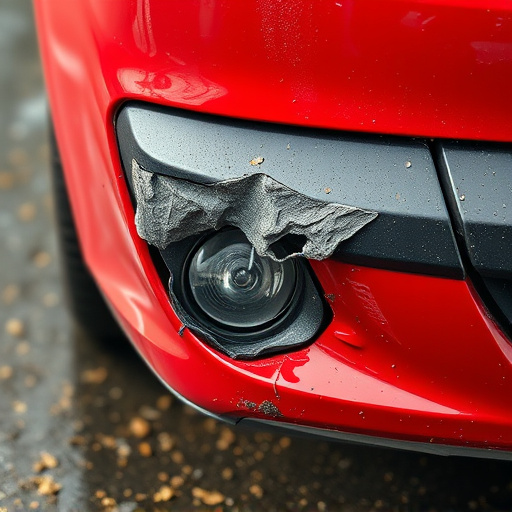Roof panel replacement involves meticulous removal and inspection of old panels, repairing structural components, installing new precisely measured panels, sealing, and reinforcing to prevent leaks and weaknesses. Streamlining processes, using digital tools, and structured inventory management improve efficiency in auto repair shops, enhancing productivity and customer service during both car body repairs and hail damage scenarios. Proper alignment ensures structural durability and reduces future repairs while managing peak season inventory challenges requires careful attention and technician training.
Roof panel replacement is a significant procedure that can greatly impact repair shop efficiency. This article delves into the process, offering insights on how streamlining workflows can enhance productivity. We explore the benefits and challenges post-replacement, providing a comprehensive guide for repair shops aiming to optimize their operations. By understanding roof panel replacement, shops can effectively manage this complex task, leading to efficient, high-quality results.
- Understanding Roof Panel Replacement Process
- Streamlining Workflow for Repair Shop Efficiency
- Benefits and Challenges Post-Replacement Implementation
Understanding Roof Panel Replacement Process
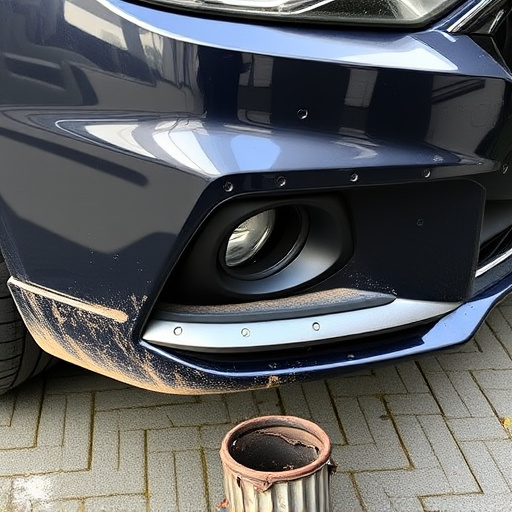
The roof panel replacement process involves several key steps. First, the damaged or old roof panels are carefully removed, ensuring that any underlying structural components are inspected and repaired as needed. This step is crucial for maintaining the overall integrity of the vehicle’s body, especially given the critical role roof panels play in safety and weather protection. Once the old panels are out, new ones are measured, cut to fit, and then installed, aligning with the car’s exact specifications. This precision work demands skill and experience from automotive repair services professionals who specialize in vehicle body repair.
After a thorough inspection, the replacement process involves more than just swapping out parts. It includes detailing, sealing, and reinforcing areas around the roofline to prevent leaks or structural weaknesses. These meticulous steps are vital for ensuring not only that the car looks as good as new but also that it remains safe and reliable on the road. In the world of car restoration, a well-executed roof panel replacement can significantly enhance both the aesthetic appeal and overall performance of a vehicle, showcasing the expertise provided by specialized automotive repair services.
Streamlining Workflow for Repair Shop Efficiency
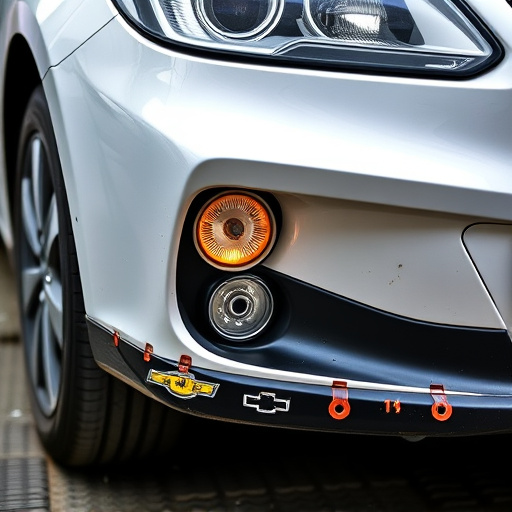
A well-planned roof panel replacement strategy can significantly streamline the workflow within a repair shop, leading to enhanced efficiency and faster turnaround times. By optimizing the process, shops can reduce the overall time spent on each vehicle, enabling them to accommodate more customers. This involves several key steps: first, assessing the damage and gathering the necessary parts efficiently; second, employing techniques that minimize labor costs without compromising quality, such as using specialized tools or automated systems for panel replacement; and finally, implementing a structured system for tracking progress and managing inventory.
Additionally, integrating digital solutions for communication and documentation during the roof panel replacement process can further improve efficiency in car body repair and hail damage repair scenarios. These innovations ensure that every step, from initial evaluation to final inspection, is documented accurately, preventing errors and miscommunications that could delay repairs. Effective workflow management also facilitates better coordination among team members, ensuring that vehicles move smoothly through the shop, even during peak seasons when vehicle collisions repair demands are high.
Benefits and Challenges Post-Replacement Implementation
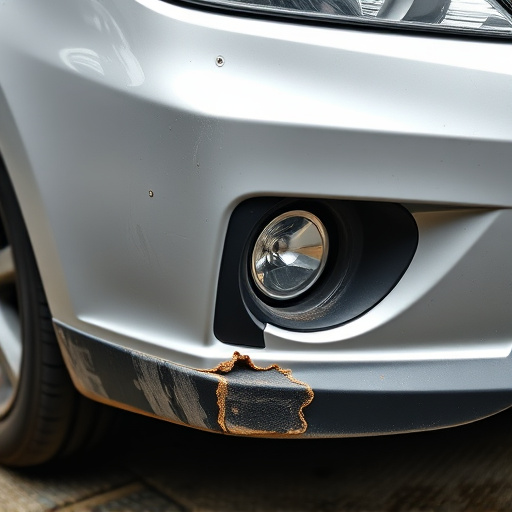
After a successful roof panel replacement, repair shops experience several beneficial outcomes. The process streamlines car body restoration, making it more efficient and cost-effective. With improved workflow management, technicians can dedicate less time to damage assessment and more time to repairs, reducing overall turnaround times. Additionally, high-quality replacement panels ensure better structural integrity and longevity, minimizing the need for future repairs.
However, challenges may arise post-replacement implementation. These include ensuring proper alignment of new panels to avoid aesthetic issues and potential water leakage. Proper training for technicians is crucial to handle these tasks effectively. Moreover, managing inventory and procurement can be demanding, as repair shops must order replacement parts in advance to minimize disruption during the busy seasons, much like coordinating a bumper repair or collision damage repair process.
Roof panel replacement, while a specialized process, can significantly enhance repair shop efficiency through streamlined workflows. By understanding the intricacies of this procedure and implementing post-replacement best practices, shops can improve turnaround times, reduce costs, and ensure superior customer satisfaction. Embracing these changes makes roof panel replacement a game-changer in the automotive repair industry.
